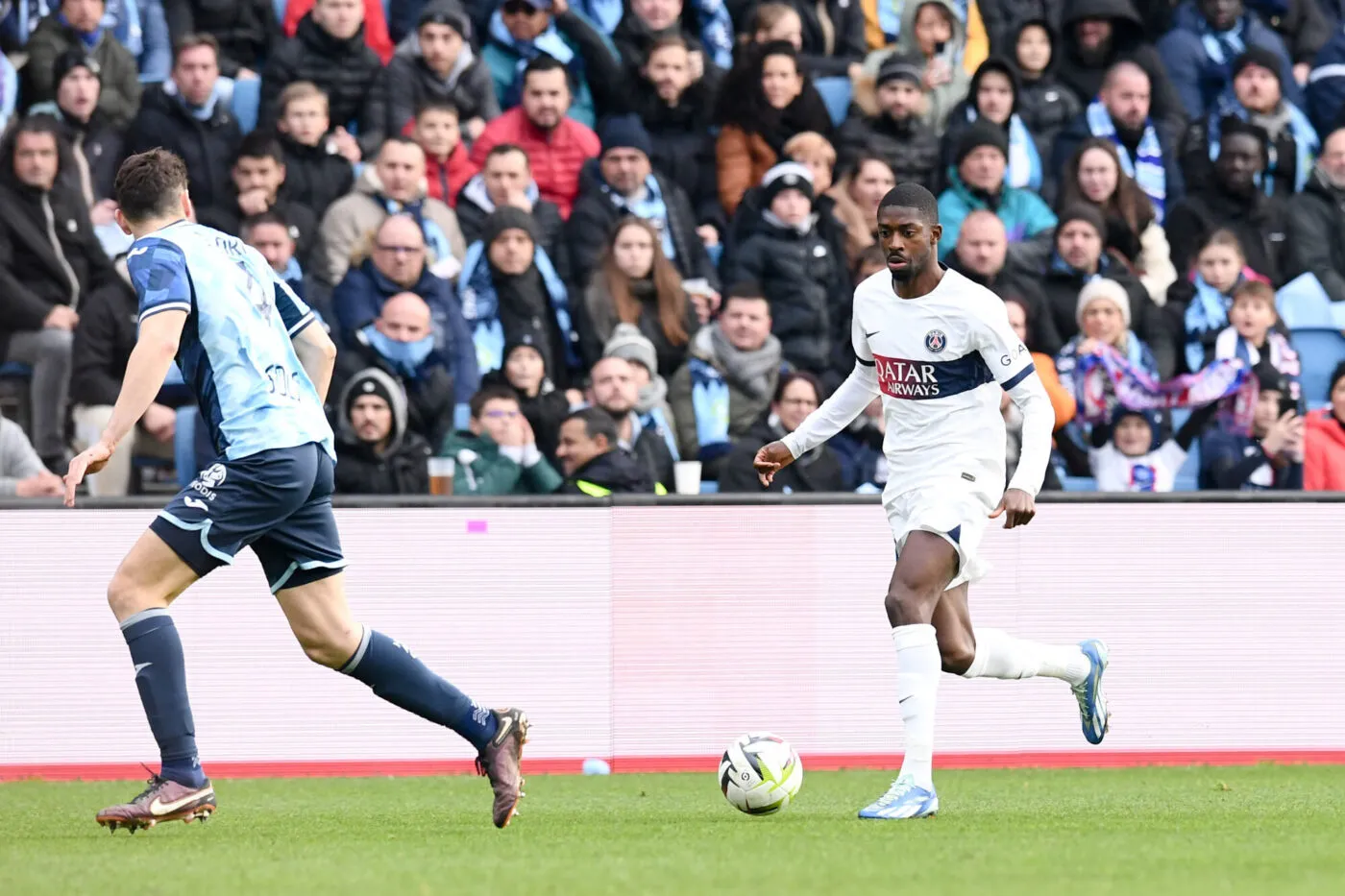The Resident Evil franchise has long been synonymous with survival horror, and its latest installment, Resident Evil Village, continues this tradition, bringing a fresh narrative and gameplay experience while maintaining the series’ roots. One of the most significant elements contributing to the game’s eerie atmosphere is its soundtrack. Composed by Masachika Nishikawa and featuring contributions from the iconic series composer, Akihiko Narita, the music of Resident Evil Village plays a crucial role in enhancing the horror experience and immersing players in its chilling world.
The Role of Sound in Horror Games
Before diving into the specifics of Resident Evil Village’s soundtrack, it’s essential to understand the broader role sound plays in horror games. Music and sound design are pivotal in creating tension, evoking emotions, and guiding players through the narrative. Research indicates that sound can significantly affect how players perceive fear and engagement in gaming environments.
- Heightened Emotions: Soundtracks can manipulate players’ emotional responses, making them feel more vulnerable and anxious.
- Atmospheric Immersion: Ambient sounds and music contribute to building a believable and immersive world.
- Narrative Enhancement: The score can underscore key moments, enhancing the storytelling experience.
A Deep Dive into Resident Evil Village’s Score

Resident Evil Village’s soundtrack is a rich tapestry of orchestral and electronic elements that reflect the game’s gothic aesthetic and intense narrative. The music varies across different locales, from the foreboding castle of Lady Dimitrescu to the snowy landscapes of the village, each setting eliciting distinct emotional responses.
Thematic Elements and Character Motifs

One of the standout features of the soundtrack is its use of thematic elements and character motifs. Each major character in Resident Evil Village has a distinct musical theme that represents their personality and influence on the narrative. For instance:
- Lady Dimitrescu: Her theme is both majestic and menacing, incorporating opera-like vocals that evoke her aristocratic and predatory nature.
- Heisenberg: The music associated with Heisenberg is more industrial and mechanical, reflecting his character’s connection to machinery and his role as a manipulative antagonist.
- Ethan Winters: The protagonist’s music is often minimalistic, creating a sense of isolation and vulnerability as he navigates the horrors of the village.
Dynamic Music Mechanics
Resident Evil Village employs dynamic music mechanics that respond to player actions and in-game events, a technique that heightens the emotional stakes of gameplay. The soundtrack seamlessly transitions between different musical cues based on the player’s situation:
- Tension Building: As players encounter enemies or navigate dangerous areas, the music shifts to more intense, dissonant tones, creating an atmosphere of impending dread.
- Calm Interludes: In moments of respite, the music softens, allowing players a brief reprieve before the next wave of horror.
Case Studies: Key Musical Moments in Resident Evil Village

Analyzing specific scenes in Resident Evil Village reveals how effectively the soundtrack enhances the overall experience. Here are a few notable examples:
The Castle Dimitrescu Encounter
Upon entering the castle, players are greeted with an eerie orchestral piece that combines strings and haunting choral arrangements. This music serves several purposes:
- It establishes the gothic atmosphere, immersing players in a world filled with dread.
- It foreshadows the danger posed by Lady Dimitrescu, setting the tone for future encounters.
The Boss Fight with Lady Dimitrescu
During the climactic battle with Lady Dimitrescu, the music crescendos into a full orchestral score that mirrors the intensity of the confrontation. The combination of fast-paced strings and heavy percussion not only amplifies the action but also reflects the chaotic struggle for survival.
The Final Confrontation
In the game’s final moments, the soundtrack shifts dramatically to evoke a sense of resolution and closure. The music here contrasts with earlier motifs, signaling a significant character transformation and the culmination of the narrative arc.
Impact on Player Experience and Reception
The soundtrack of Resident Evil Village has received considerable acclaim from both players and critics. Its ability to evoke fear and tension has contributed to the overall atmosphere, enhancing the game’s narrative and emotional depth. According to a survey conducted by GameSpot, over 80% of players cited the music as a key factor in their gaming experience, noting that it significantly heightened their sense of fear and immersion.
Comparison with Previous Installments
When compared to earlier entries in the Resident Evil series, Village’s soundtrack stands out due to its orchestral complexity and thematic depth. While previous games relied heavily on ambient soundscapes and simpler musical motifs, Resident Evil Village embraces a more sophisticated approach:
- Integration of Themes: The use of character themes adds layers to the storytelling.
- Dynamic Composition: The responsive nature of the music creates a more engaging experience for players.
The Future of Sound in Horror Gaming
The success of Resident Evil Village’s soundtrack raises intriguing questions about the future of sound design in horror gaming. As technology continues to evolve, developers may explore innovative ways to integrate music and sound into gameplay, creating even more immersive experiences. Potential areas for development could include:
- Adaptive Soundtracks: More games may adopt dynamic music systems that respond to player actions and emotional states.
- Enhanced Audio Technologies: As spatial audio technology advances, the potential for immersive soundscapes will grow, further heightening the horror experience.
The soundtrack of Resident Evil Village exemplifies the power of music in shaping player experiences within the horror genre. Through its careful orchestration of themes, dynamic mechanics, and emotional depth, the music not only enhances the game’s narrative but also establishes a chilling atmosphere that lingers long after the game is over. As the landscape of horror gaming continues to evolve, the lessons learned from Resident Evil Village’s score will undoubtedly influence future developments, ensuring that sound remains a critical element in the quest to evoke fear and tension in players.









